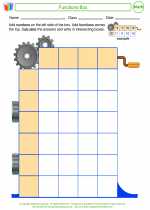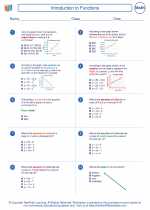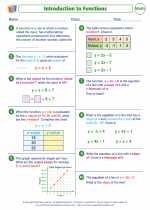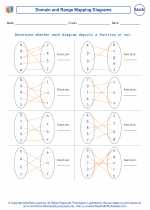Hexagonal Prism Study Guide
Definition
A hexagonal prism is a 3-dimensional shape that has two hexagonal bases and six rectangular faces. The bases are parallel and congruent, and the lateral faces are rectangular.
Formulas
Let's denote the side length of the hexagon as s, the apothem (distance from the center of the hexagon to the midpoint of a side) as a, the perimeter of the base as P, the area of the base as B, the height of the prism as h, and the lateral area of the prism as L.
Lateral area of the prism: L = P × h
Volume of the prism: V = B × h
Example
Let's consider a hexagonal prism with a base side length of 5 cm and a height of 8 cm.
Perimeter of the base: P = 6 × 5 = 30 cm
Area of the base: B = 3√3 × 52/2 = 3√3 × 25/2 = 37.5√3 cm2
Lateral area of the prism: L = 30 × 8 = 240 cm2
Volume of the prism: V = 37.5√3 × 8 = 300√3 cm3
Properties
Some important properties of a hexagonal prism include:
- It has 8 vertices, 12 edges, and 6 faces.
- The lateral faces are all rectangles, and the bases are regular hexagons.
- The cross-section of a hexagonal prism is a hexagon.
- The hexagonal prism is a type of prism, which is a polyhedron with two parallel and congruent faces called bases, and other faces that are parallelograms.
◂Math Worksheets and Study Guides Seventh Grade. Introduction to Functions

 Activity Lesson
Activity Lesson
 Worksheet/Answer key
Worksheet/Answer key
 Worksheet/Answer key
Worksheet/Answer key
 Worksheet/Answer key
Worksheet/Answer key
 Worksheet/Answer key
Worksheet/Answer key
 Worksheet/Answer key
Worksheet/Answer key
 Worksheet/Answer key
Worksheet/Answer key
 Worksheet/Answer key
Worksheet/Answer key
